So how much $ (in general) does it cost to produce a fully animated/rigged, fully voiced 1-3 minute cutscene in a game that’s in ongoing development (something like SWTOR, where they have a lot of prebuilt assets)? Like just a general low range and high range? I’m seeing a lot of people complaining about prioritizing content they want, and don’t know enough about the behind the scenes costs to properly communicate they’re being unrealistic with their complaints.
Ask a Game Dev
FEBRUARY 19, 2024
As long as the designers can create the characters with the in-game character creator and reuse the existing rigs, no new resources need be expended to create them. needs its own rig), that's time from a rigger to create. that might need to be created for certain specific cutscenes.

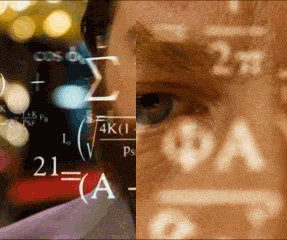
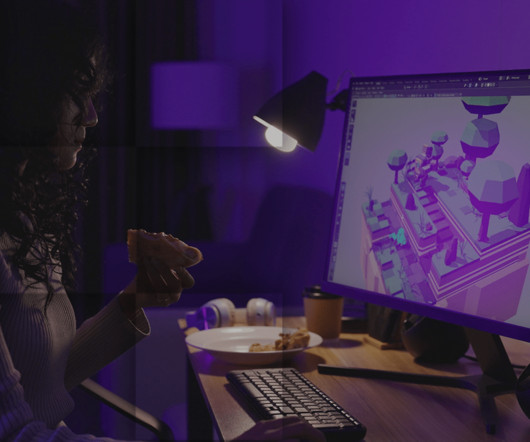
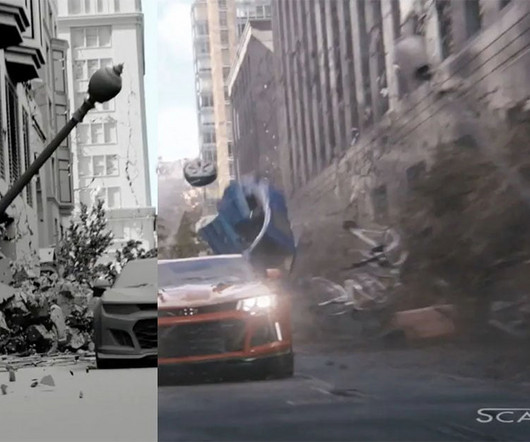
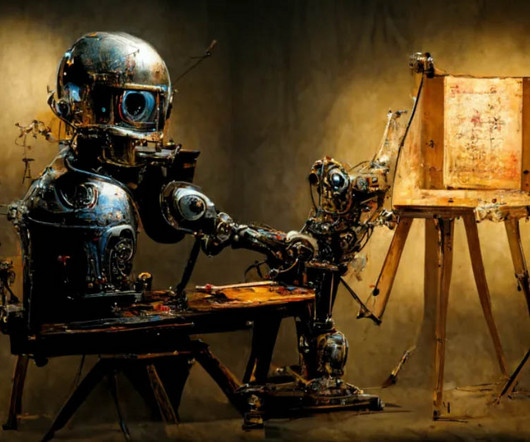
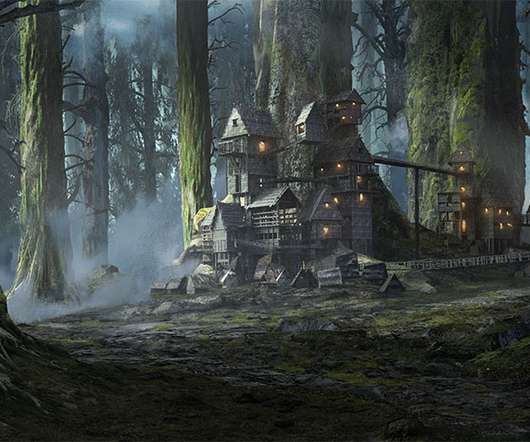
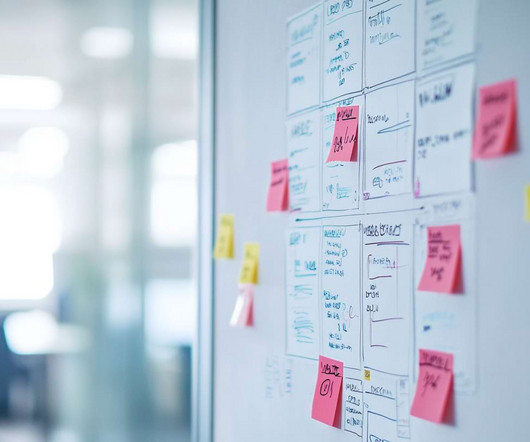






Let's personalize your content